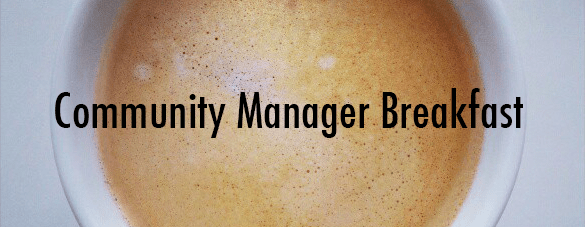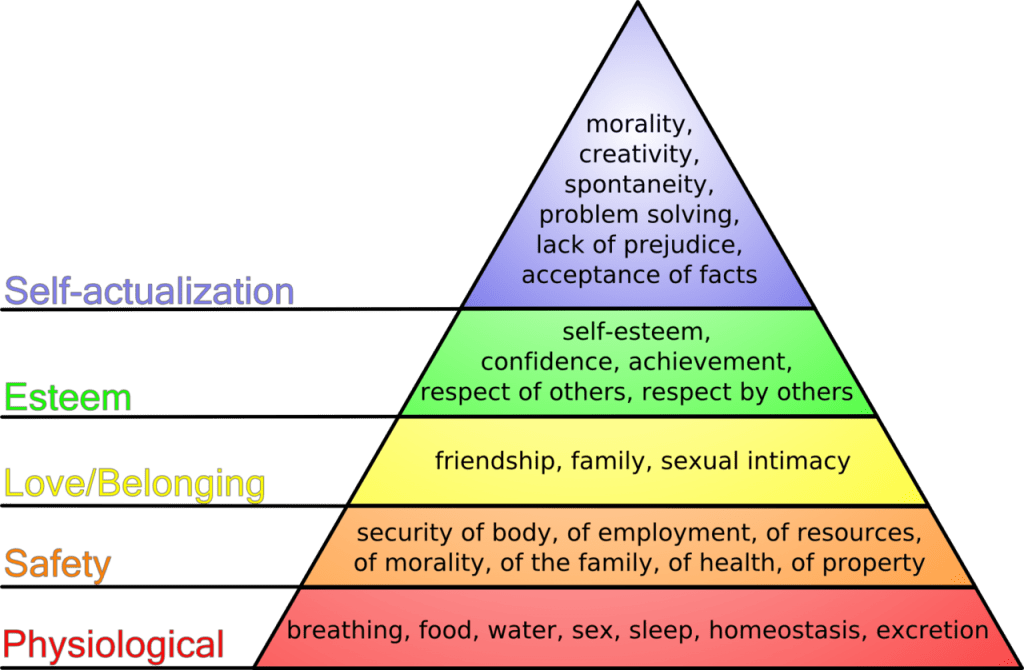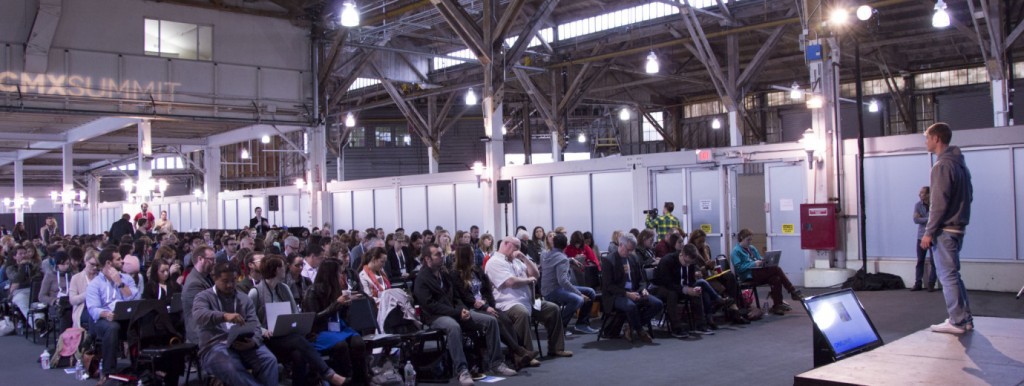Nearly every week, I curate three of the best links about community building for my newsletter, Community Manager Breakfast. I scour the web, reading sometimes dozens of articles a week to find the cream of the crop. For the end of the year, I thought I’d take that curation even further and take a look at which of the roughly 140 links I’ve shared this year got the most clicks. Here are your favorites for the year!
10: What are the Indicators of a Successful Online Community?
In this piece, my amazing friend Carrie Melissa Jones walks us through the five key elements for a community to succeed.
9: Offensive and Defensive Community Onboarding
Ian Vanagas, one of my favorite new community writers of the last few years, provides a great framing for two approaches to consider for onboarding your community members.
8: Community Discovery Framework
This framework from the folks at Burb falls into the “I wish I had written it” category for me. They provide a clear way of thinking about how to explore and discover the right community for your organization. It maps extremely well to how I think about the topic!
7: Community Strategy Planning for 2023
Jenny Weigle, one of Community Manager Breakfast’s biggest cheerleaders, blessed us all with a five-part series on yearly strategy planning. (Scroll down to the bottom to find the other entries.) In-depth, thoughtful, and immediately actionable.
6: A Big List of Community Advocacy Program Incentives
Sometimes you just need a list. Jenny Weigle lands two spots in a row here, this time with her inspiration-provoking list of methods to reward advocates.
5: What it takes to scale
Many of the links above focus on how to launch a community and achieve success…but how do you achieve scale, and what challenges do you face once you hit it? Gareth Wilson has some answers.
4: The Community-Led Growth Report
Common Room took advantage of their massive dataset to give us all an early holiday present, covering a plethora of topics including: does the initial surge of chat community activity drop off? Do communities contribute to lead generation and conversion? How responsive are community members? Great stuff.
3: Building Campfires and Community
Carrie Melissa Jones returns to the list, this time using a campfire analogy to help us think about how we create crucial intimacy in community experiences, even at scale.
2: How To Improve The Community Member Experience
Georgi Todorov, who also frequently showed up in the runner-up links, takes member experience back to fundamentals by reminding us to think through who we’re serving and why they’re present, then building from there.

1: How to Deal with Low Engagement in a Community
And coming in at #1 is Martha Essien not with a cheat sheet of engagement tactics, but with sage advice to take a breath, assess the situation, and get to work. Good advice for all of us.
If you found any of these links useful, why not get them in your inbox every Monday? Subscribe to Community Manager Breakfast below to get 3 curated links and a dose of inspiration from me delivered directly to you every week.


